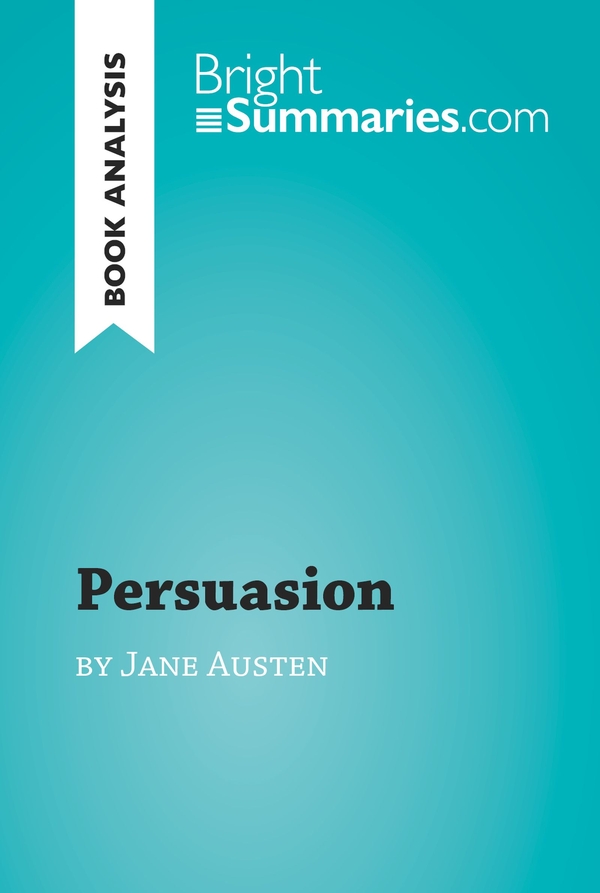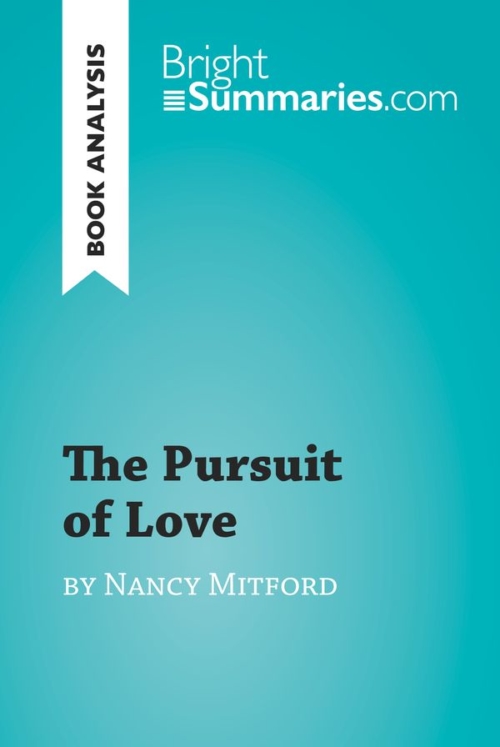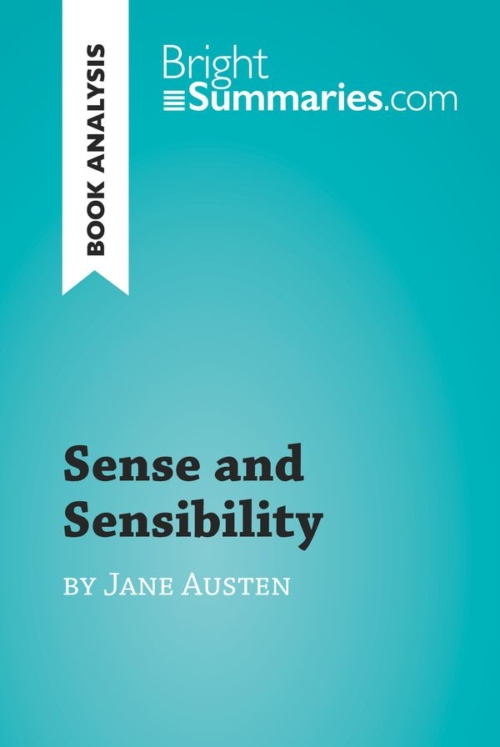Persuasion by Jane Austen (Book Analysis)
Persuasion by Jane Austen (Book Analysis)
Detailed Summary, Analysis and Reading Guide
Read more
This practical and insightful reading guide offers a complete summary and analysis of Persuasion by Jane Austen. It provides a thorough exploration of the novel’s plot, characters and main themes, including love, social life and the position of women. The clear and concise style makes for easy understanding, providing the perfect opportunity to improve your literary knowledge in no time.
This clear and detailed 22-page reading guide is structured as follows:
- Biography of Jane Austen
- Presentation of Persuasion
- Summary of Persuasion
- Character study
- Anne Elliot
- Frederick Wentworth
- The Elliot family
- Lady Russell
- Mrs. Clay
- Analysis of Persuasion
- An illustration of Georgian England
- The place of women in society
- Social life
About Persuasion
Persuasion, which was first published posthumously in 1818, tells the story of Anne Elliot, a young woman who runs into Frederick Wentworth, a man who she had previously refused to marry, several years later. Their reunion gives rise to a series of humorous situations and provides the characters with a second chance at love. Alongside this love story, Austen comments on the position of women in Georgian society and on social life in the fashionable spa town of Bath.
About Jane Austen
Jane Austen was an influential English writer, best known for her novels, including Pride and Prejudice, Emma and Sense and Sensibility. She came from a respectable but not particularly wealthy family, which meant that her parents could not afford to send her to school. She therefore taught herself, thanks to her father, her brothers and the extensive family library. Austen never married, and her novels contain numerous criticisms of the position of women in Georgian society and wives’ dependence on their husbands. She also used her writing to critique the sentimental fiction that was popular in the second half of the 18th century, and she favored a writing style that fused realism, satire and irony.
Product details
| ISBN | 9782806276421 |
|---|---|
| Publisher | Plurilingua Publishing |
| Collection | BrightSummaries.com |
| Format | |
| Pages | 22 |
| File size | 1.4 MB |







